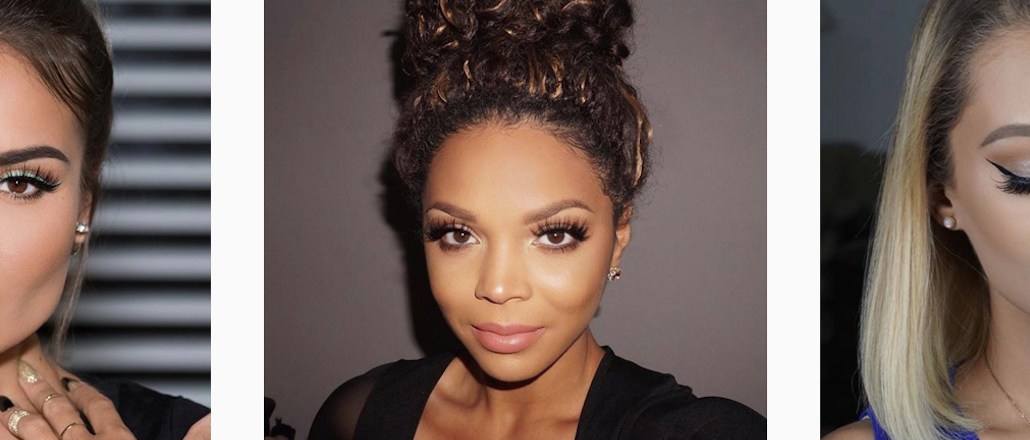Save 50% on a 3-month Digiday+ membership. Ends Dec 5.

While shopping for a new lipstick on Sephora’s mobile app, customers contemplating whether to buy Marc Jacobs’ Forbidden Berry shade or Stila’s Magenta Plum can see exactly how the colors will look on their faces.
The Sephora Virtual Artist tool in the retailer’s app launched in January to help customers test products using augmented reality technology powered by ModiFace. The visual artist tool lives on the Sephora app’s homepage, and as customers “try on” different lipstick shades using the front-facing camera, they can move around and the color stays put. An “add to basket” button is featured at the top of the screen as colors are tried on.
The feature, Sephora believes, is more than a gimmick, as it can help customers make purchase decisions while shopping on their mobile apps.
“Augmented reality can help a client buy a product by allowing her to try it on, boosting her confidence that she knows how to use it, or giving her an experience that informs her about how and why it was created,” Bridget Dolan, vp of Sephora’s Innovation Lab, told Mobile Commerce Daily.
While Sephora said it was too soon to disclose conversion, the app has seen 1.6 million visits and 45 million “try ons” in the eight weeks since launch.

Sephora is not alone. According to a Demandware study, 72 percent of U.S. beauty brands are testing a form of “guided selling” to push sales, like augmented reality. L’Oreal’s MakeupGenius app launched last year to help consumers test the drugstore brand’s products and now has 6.3 million downloads. In May, Benefit Cosmetics released the “Brow Genie,” a digital tool that virtually transformed users’ eyebrows before demonstrating how to recreate the shape. Elizabeth Arden teamed with the app YouCam, which has 100 million users, to let customers virtually try on products and order them from the brand.
Ad position: web_incontent_pos1
“There are always going to be the people who need to be in store and in person,” said Zach Paradis, director of experience and innovation strategy at Sapient Nitro. “But retailers need to support new ways to buy and experience, and augmented reality is a very powerful way to do it, specifically in makeup and beauty.”
To be successful, though, the technology has to be up to par.
“For these applications, it is very important to focus on realism,” said Parham Aarabi, CEO of ModiFace, the virtual makeover technology company that created the augmented reality experience for Sephora, L’Oreal and other brands. “We’re constantly improving how colors appear when they’re applied to ensure it’s taking texture, light reflections and skin tone into consideration.”
Aarabi, a former University of Toronto professor, launched his company after creating a simulator that could predict what botox injections would look like on people of different ages. Sixty-five brands now use ModiFace’s products for virtual skincare, hair color and makeup predictions.
He said that his company studies how its tools drive conversion in “excruciating detail,” because when the technology is not used properly, it can have a damaging effect for the brand.
Ad position: web_incontent_pos2
“Generic overlays of color look clownish, and that can actually hurt sales,” said Aarabi, adding that when people see blobs of color on their faces that don’t well represent the product, they’re turned off by both the product and the retailer.
ModiFace tells brands that its technology can drive conversions online and mobile by 80 percent and in store by 30 percent if used properly. Aarabi said that the customer experience around the tool affects conversion as well as the technology. How the tool is presented, and how easily customers can add to cart and buy, can make or break the sale.
Paradis believes that the brands who get out first in this field, however, will be rewarded.
“In augmented reality, what may have been gimmicky five years ago is now believable. It’s crossed that threshold into usefulness,” said Paradis. “It can manifest into meaningful decision support in the path to purchase that can differentiate a retailer. It helps that it’s fun.”
More in Marketing

Ulta, Best Buy and Adidas dominate AI holiday shopping mentions
The brands that are seeing the biggest boost from this shift in consumer behavior are some of the biggest retailers.

U.K. retailer Boots leads brand efforts to invest in ad creative’s data layer
For media dollars to make an impact, brands need ad creative that actually hits. More CMOs are investing in pre- and post-flight measurement.

‘AI is permeating everything we do’: How Guitar Center developed 2 AI tools this year
This summer, the company launched a chatbot called Rig Advisor to help customers find the right instruments and products.
Ad position: web_bfu



